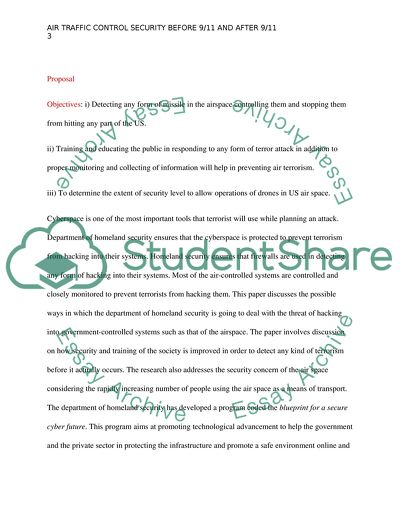Cite this document
(Air Traffic Control Security before 9/11 and after 9/11 Thesis Proposal, n.d.)
Air Traffic Control Security before 9/11 and after 9/11 Thesis Proposal. https://studentshare.org/politics/1796266-air-traffic-control-security-before-911-and-after-911
Air Traffic Control Security before 9/11 and after 9/11 Thesis Proposal. https://studentshare.org/politics/1796266-air-traffic-control-security-before-911-and-after-911
(Air Traffic Control Security before 9/11 and After 9/11 Thesis Proposal)
Air Traffic Control Security before 9/11 and After 9/11 Thesis Proposal. https://studentshare.org/politics/1796266-air-traffic-control-security-before-911-and-after-911.
Air Traffic Control Security before 9/11 and After 9/11 Thesis Proposal. https://studentshare.org/politics/1796266-air-traffic-control-security-before-911-and-after-911.
“Air Traffic Control Security before 9/11 and After 9/11 Thesis Proposal”. https://studentshare.org/politics/1796266-air-traffic-control-security-before-911-and-after-911.


